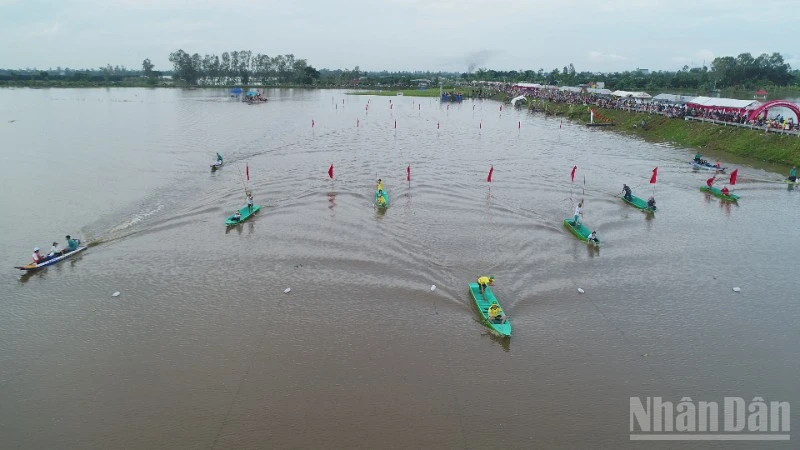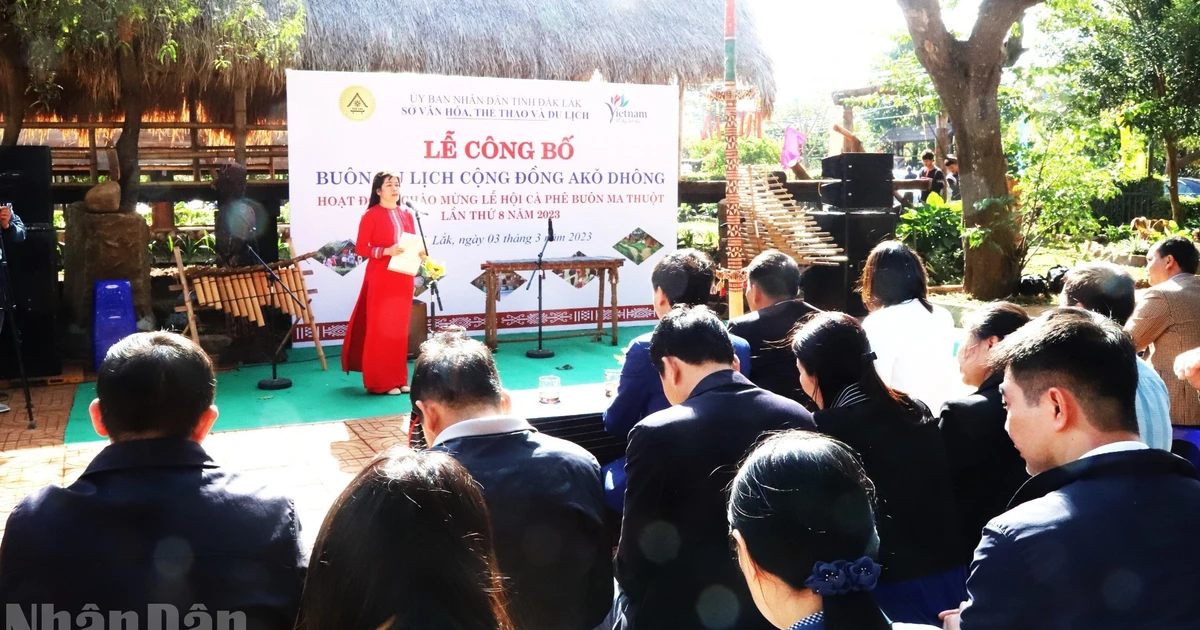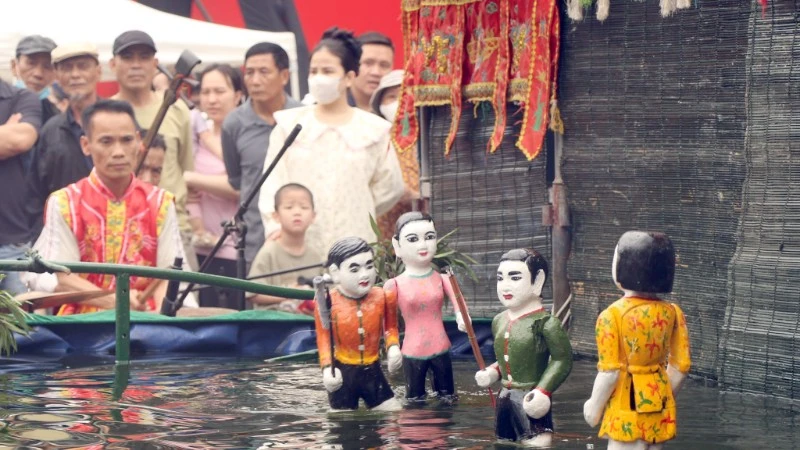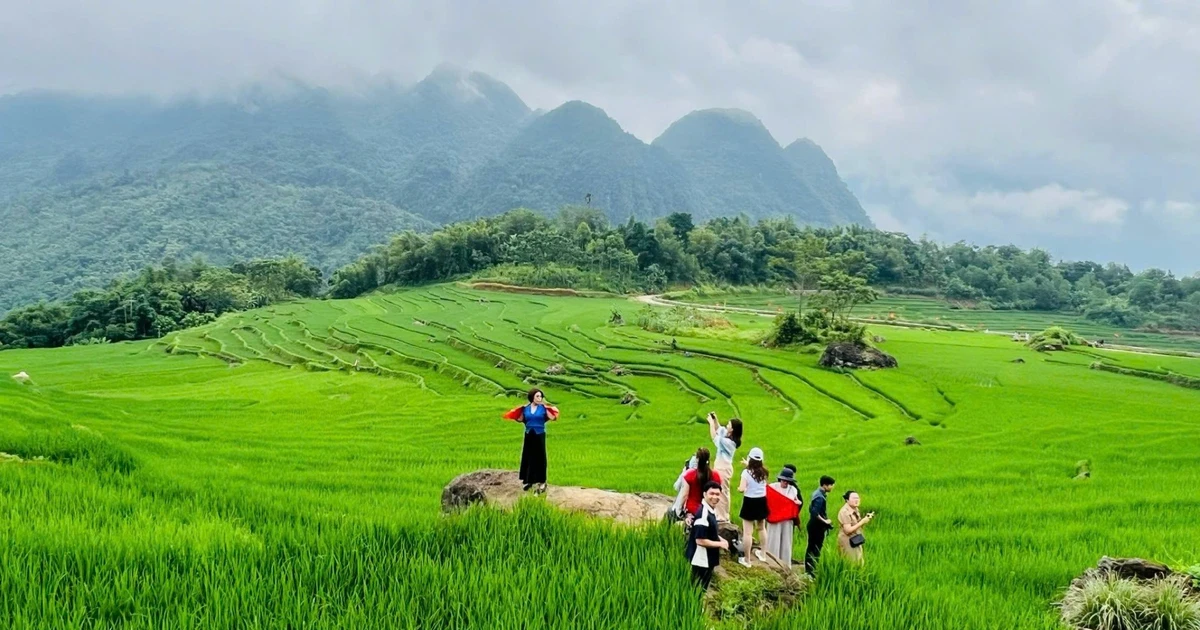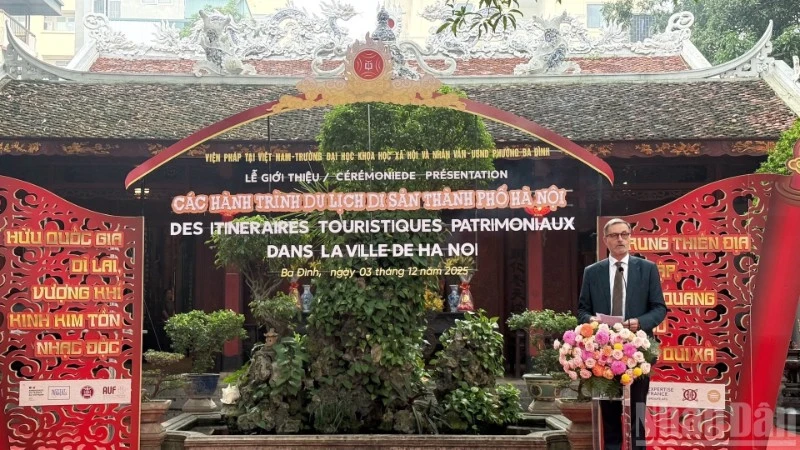Strong recovery
The number of international visitors to Vietnam in 2024 has rebounded thanks for favourable visa policies, enhanced promotional activities, and improvements in transportation infrastructure, accommodation facilities, and entertainment venues, along with the development of new tourism products and international awards.
As of the end of November 2024, Vietnam has welcomed over 15.8 million foreigners.
In November alone, the figure reached 1.7 million, the highest since the beginning of the year and nearly a 40% increase compared to the same month in 2023.
If this momentum continues into December, Vietnam will meet its target of 17 million international visitors.
The volume of domestic tourism has also seen encouraging results, serving around 110 million travellers over the past eleven months.
Many key tourist cities organised effective tourism programmes which attracted more international visitors than before the pandemic.
Several localities even exceeded their tourist arrival targets by two to three months ahead of schedule, including Da Nang, Khanh Hoa, Binh Dinh, Ninh Binh, Ninh Thuan, and Thanh Hoa.
 |
| Malta-flagged luxury cruise ship Celebrity Millennium brings more than 3,000 cruise passengers to Thua Thien Hue Province in October 2024. |
Vietnam's tourism sector has received direct attention and guidance from the prime minister and support from relevant ministries and sectors. This collaboration has gradually revitalised the industry.
Challenges facing the tourism sector are being addressed to accelerate recovery and development.
From early in the year, relevant ministries, sectors, localities and tourist businesses have joined hand to implement coordinated solutions to overcome inherent weaknesses in Vietnamese tourism and significantly improve its competitiveness.
Major markets in Northeast Asia have driven international visitor growth alongside vibrant European markets, thanks to a unilateral visa exemption policy allowing stays of up to 45 days.
Cooperation between tourism and aviation is seen as a key strategy for attracting international visitors. In 2024, Vietnam expanded its flight network and upgraded major airports such as Noi Bai and Tan Son Nhat to enhance the capacity for receiving international passengers.
The Vietnam National Tourism Administration has accelerated digital transformation efforts, focusing on creating a unified smart tourism ecosystem nationwide.
In 2024, promotional activities for Vietnamese tourism abroad were revitalised with new content and methods. Numerous national tourism promotion events were held in foreign countries such as Laos, Australia, the Republic of Korea, Russia, France, Germany, and Italy.
The prime minister attended a tourism promotion forum in the Republic of Korea in July 2024. At the end of September 2024, the Ministry of Culture, Sports and Tourism organised Vietnam's first Tourism - Cinema Promotion Programme in the US.
Vietnamese tourism continues to receive high international acclaim. The country won three World Travel Awards (WTA): Asia's Leading Destination, Asia's Leading Heritage Destination, and Asia's Leading Natural Destination.
This marks the sixth time Vietnam has been honoured as Asia's Leading Destination, solidifying its position on the global tourism map.
Vietnamese tourism is focusing on effectively leveraging cultural resources and natural landscapes recognised as UNESCO World Heritage sites.
Creating high-end products, capturing market trends
The prime minister-approved master plan for Vietnam's tourism system through 2030 with a vision towards 2045 aims for Vietnam to become an attractive destination with high development potential by 2025. The goals include welcoming 25-28 million international visitors and serving 130 million domestic tourists while contributing directly 8-9% to GDP.
This target is 1.5 times higher than that set for 2024; however, experts believe it is achievable if there is a concerted effort to double down on strategies for sustainable development.
 |
| Vietnamese culture and cuisine were introduced at the 16th Bagnara ethnic culture festival in Bagnara di Romagna commune of Italy's Ravenne province in June 2024. (Photo: VNA) |
Priorities include enhancing promotional activities to seek new customer markets; applying information technology and artificial intelligence; and diversifying and improving the quality of tourism products, especially high-end offerings based on traditional cultural values. The high-end international tourist segment plays a crucial role in the development of tourism in Vietnam.
The sector aims to invest in developing high-quality tourism products that emphasise uniqueness and personalisation while harmonising with culture and nature to provide comprehensive experiences for high-end travellers.
In the latter half of 2024, numerous conferences and forums were held to explore solutions for enhancing competitiveness and increasing value-added goods and services for destinations.
The strategic shift towards green transformation and carbon-neutral (Net Zero) tourism also receive much attention. Tourism businesses are encouraged to adopt green practices in line with government commitments to achieve net-zero emissions by 2050. These businesses are actively working on creating suitable tours and products while preparing financially and technologically for genuine green tourism.
Recently, Vietnam's tourism branding has shifted from budget travel towards becoming a premium destination.
Positive signals include several billionaires choosing Vietnam for significant events. This is evidenced by the fact that over ten weddings of Indian billionaires were hosted at Vinpearl resorts this year, and an Indian pharmaceutical billionaire took 4,500 employees to Vietnam for a two-week tour in August to visit Hanoi, Ninh Binh, and Ha Long Bay in the northern region.
Encouraging progresses have also been seen in MICE (Meetings, Incentives, Conferences, and Exhibitions) tourism, with a delegation of 1,000 MICE tourists from JB Pharma, a leading Indian Pharmaceutical Company, having visited Ho Chi Minh City in early December.
The Vietnam National Administration of Tourism has opposed policies to support the development of high-end tourism products, such as cruise tourism; golf tourism; MICE tourism; and shopping and entertainment tourism.
It called for tourism businesses proactively connect closely with each other and with localities to form an ecosystem that provides high-end products and services — one of the important factors helping to further accelerate the tourism industry.
Despite the ongoing challenges facing Vietnamese tourism, the achievements of 2024 provide a solid foundation for accelerated growth in the coming year.
The strategic direction for developing Vietnamese tourism emphasises distinctive products, professional services, convenient procedures, competitive pricing, clean environments, and safe destinations that are friendly and civilised.
The legal framework established through regional tourism planning will support these goals as Vietnam strives to make its tourism sector a leading economic pillar through close collaboration among ministries, localities, and businesses.

